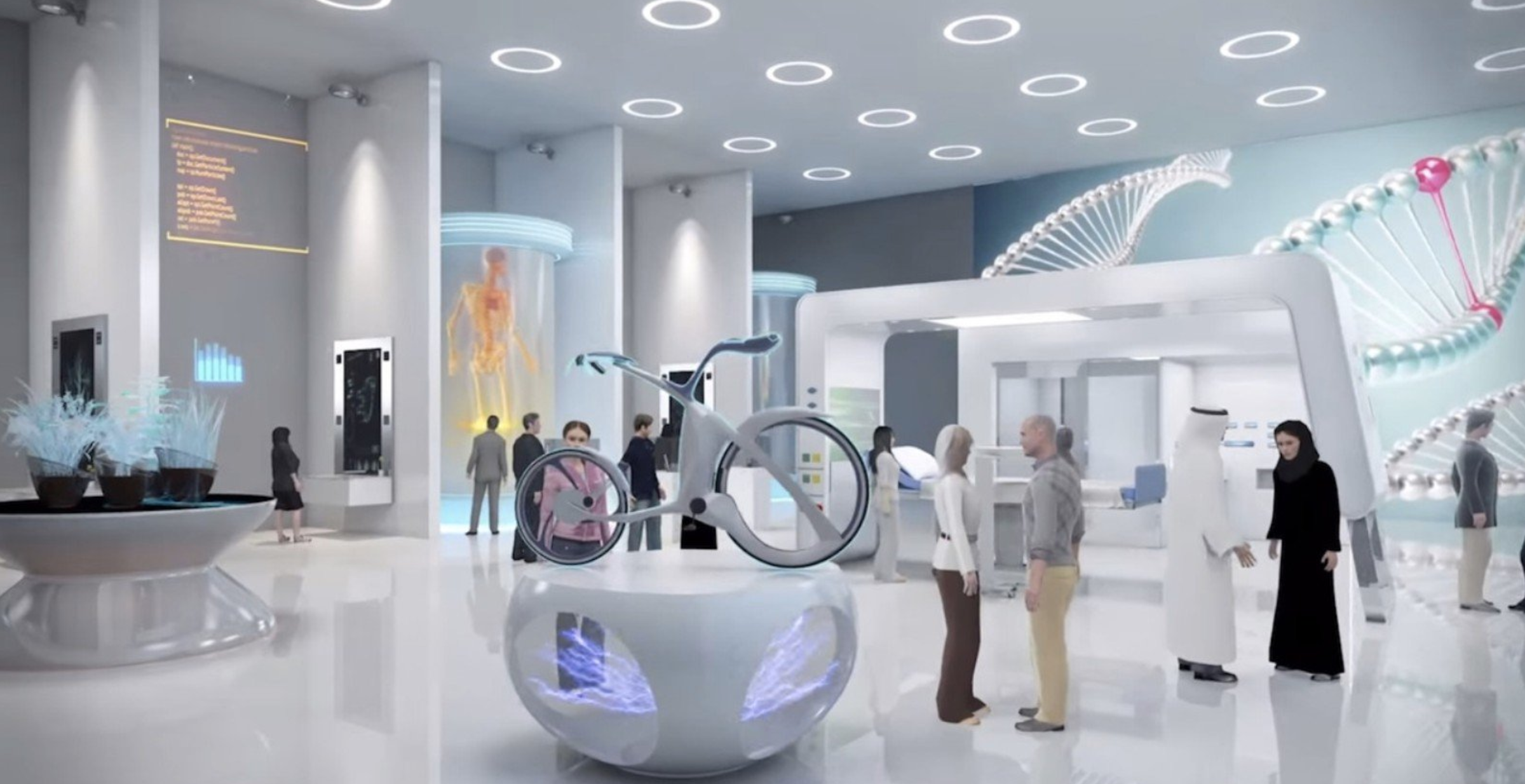Viewers throughout the United Arab Emirates are rediscovering art as they experience it in immersive, interactive online experiences. In the last year, virtual art museum tours have gone from a niche endeavor to a mainstream cultural activity.
With high-quality images and guided voiceover commentary and easy-to-use navigation, such tours bring masterpieces and lesser-known gems into living rooms from Abu Dhabi to Sharjah. Whether your passions are modern installations or artworks centuries old, entering a virtual art museum allows you to wander galleries at your leisure.
Accessing Global Art on Screens in the Vicinity
Days when a visit to renowned institutions meant air travel and hotel reservations are long past. Now, with a decent connection, anyone can indulge in virtual art museum tours from globe-trotting galleries, imagine the Louvre, the British Museum, or New York’s Metropolitan.
The technology employs gigapixel scans to reproduce brushstrokes and textures with staggering accuracy. Galleries that were previously out of reach have never been within simpler reach.
Enabling Homegrown Creativity
The same technologies driving global experiences are also driving local ones. Virtual art museum tours of the Manarat Al Saadiyat and Alserkal Avenue types merely widen the digital scope by featuring Emirati artists and other regional voices.
These tours can take behind-the-scenes video or curator interviews as well as artist walkthroughs, layering the contextual meanings to the exhibition. Hence, a resident can travel with a Gulf artist or see thematic exhibitions on climate and heritage in urban renewal from their locality.
Interactive Features That Engage
It’s what differentiates virtual art museum tours from static slide shows: interactivity. Clickable hotspots allow viewers to zoom in on minute details or open video clips interpreting an artwork’s symbolism.
Live Q&A sessions with curators through built-in chat windows are provided by some platforms. Others add a gamified dimension, scavenger hunts or quizzes, that reward further inquiry. This interactive aspect heightens immersion, which goes beyond a passive image scroll.
Education and Outreach for All Ages
Schools and families have also adopted these virtual experiences as educational tools. Educators incorporate virtual art museum visits into curricula, instructing students to study compositions and draft responses based on interactive questions.
Parents utilize tours to awaken interest over weekends or school holidays, taking children through themed collections on identity, culture, or environment. Some sites offer downloadable activity sheets or virtual studio space where visitors can draw, annotate, or record insights. This fusion of visual discovery and hands-on activities transforms art appreciation into an active learning activity.
Highlight on Virtual Museums in Dubai
Dubai’s cultural industry has rapidly evolved, with several institutions launching online galleries. From the Al Shindagha Museum’s historic district recreations to the Etihad Museum’s chronicle of nation-building, virtual museums in Dubai offer a spectrum of narratives.
Visitors can meander through reconstructed souks or scour the interactive timelines that highlight the growth of the emirate. The tours vividly illustrate the connection between heritage sites and urban developments in telling the tale of Dubai to the local and the global audience. Such projects will not only preserve local memory but also raise questions about the future of the city.
Overcoming Technical Hurdles
Shutter-free playback and lavish graphics rely on a solid infrastructure. Access to high-definition virtual art museum tours requires broadband connections for streaming large image files. Luckily, UAE telecom companies have heavily invested in fiber-optic networks throughout urban and suburban regions.
For those on mobile data plans, many platforms optimize textures and enable adaptive streaming, swapping high-resolution assets for lighter versions when bandwidth dips.
Fostering Social Connection
Even though visitors explore alone on their screens, designers have woven social features into the experience. Group tours allow friends or colleagues to meet as avatars in a shared virtual hall, guided by a live host. In-tour voice chat and sidebars for typed comments recreate the buzz of in-person tours.
Some platforms display real-time attendee counts and social reactions, likes or emoji responses, to popular artworks. These social layers make digital exploration feel like a communal outing, where spontaneous conversations and reactions enrich interpretation.
What’s Next for Virtual Exhibitions
Developers are experimenting with ambient audio tracks that respond to a visitor’s journey, shifting from hushed gallery murmurs to themed music as you move between wings. Augmented reality add-ons promise to project life-size sculptures into living rooms.
Early pilots of haptic feedback controllers aim to simulate texture when hovering over digital reliefs. Such advances will help virtual art museum tours mingle between screen viewing and actual gallery visits with even more sensory depth.
Conclusion
The rise of virtual art museum tours in the UAE highlights the yearning to present cultural explorations with the modern paradigm of convenience to enhance art accessibility to wider audiences. With technology now available, these digital excursions will heighten the interests of engagement, enrich storytelling, and foster appreciation at a distance.
For organizations eager to craft bespoke online exhibitions, firms such as Limina Studios in Dubai are crafting tailored virtual art museum tours and virtual galleries. We handle everything from interactive design to technical delivery, ensuring that each tour resonates with local tastes and global standards.






















